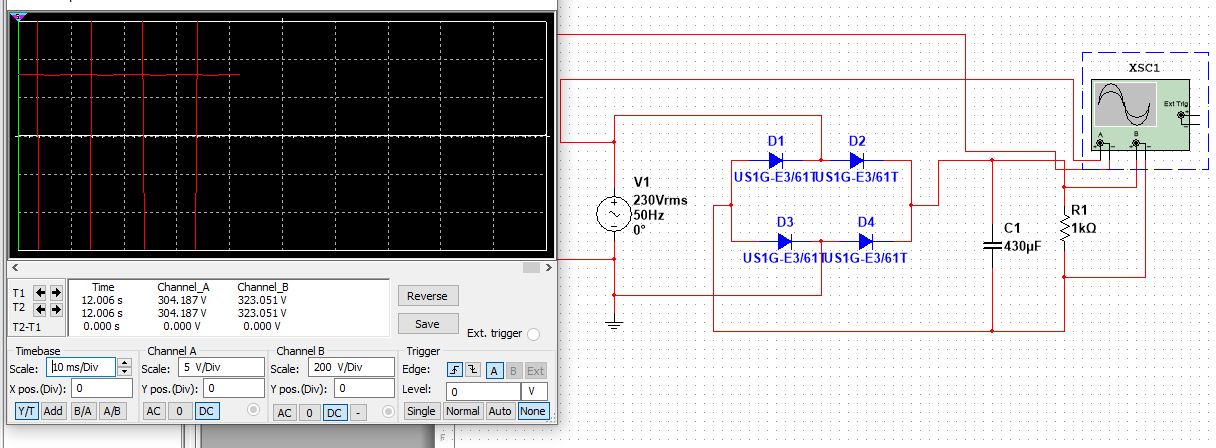
Best diodes for rectifier circuits
When it comes to designing rectifier circuits, choosing the right diode is crucial. Diodes play a significant role in converting alternating current (AC) to direct current (DC) by allowing current to flow in only one direction. In this article, we will explore some of the best diodes for rectifier circuits and discuss their features, advantages, and applications.
1. Schottky diodes
Schottky diodes are known for their low forward voltage drop and fast switching speed. These diodes are ideal for high-frequency rectification applications due to their low conduction losses. They are commonly used in power supplies, voltage clamping circuits, and reverse polarity protection circuits. The Schottky diode’s low forward voltage drop also helps in reducing power dissipation, making it an excellent choice for energy-efficient designs.
2. Zener diodes
Zener diodes are widely used in voltage regulator circuits and voltage reference applications. These diodes operate in the reverse breakdown region, allowing them to maintain a constant voltage across their terminals. Zener diodes are essential for stabilizing voltage levels in rectifier circuits, ensuring a reliable DC output. They are available in various voltage ratings, making them suitable for a wide range of applications.
3. Silicon rectifier diodes
Silicon rectifier diodes are the most commonly used diodes in rectifier circuits. They have a low forward voltage drop and high reverse breakdown voltage, making them suitable for high-power rectification applications. Silicon rectifier diodes are available in different current ratings and package sizes, allowing designers to choose the right diode for their specific requirements. These diodes are widely used in power supplies, battery chargers, and motor drives.
4. Germanium diodes
Germanium diodes have a lower forward voltage drop compared to silicon diodes, making them ideal for low-voltage rectification applications. These diodes have a lower reverse breakdown voltage than silicon diodes, limiting their use in high-power circuits. Germanium diodes are commonly used in audio and radio frequency circuits due to their low forward voltage drop and fast recovery time. However, they are less common in modern rectifier circuit designs due to their limitations in high-power applications.
5. Fast recovery diodes
Fast recovery diodes are designed to minimize reverse recovery time, ensuring fast switching speeds in rectifier circuits. These diodes are commonly used in high-frequency rectification applications where fast switching is essential. Fast recovery diodes help reduce switching losses and improve efficiency in power electronics systems. They are often used in inverters, motor drives, and renewable energy systems.
Conclusion
Choosing the right diode for your rectifier circuit is essential for achieving reliable and efficient performance. Each type of diode offers unique characteristics and advantages for specific applications. Whether you require low forward voltage drop, fast switching speed, or high reverse breakdown voltage, there is a diode available to meet your requirements. By selecting the best diode for your rectifier circuit, you can ensure optimal performance and longevity of your electronic system.
Was this helpful?
0 / 0